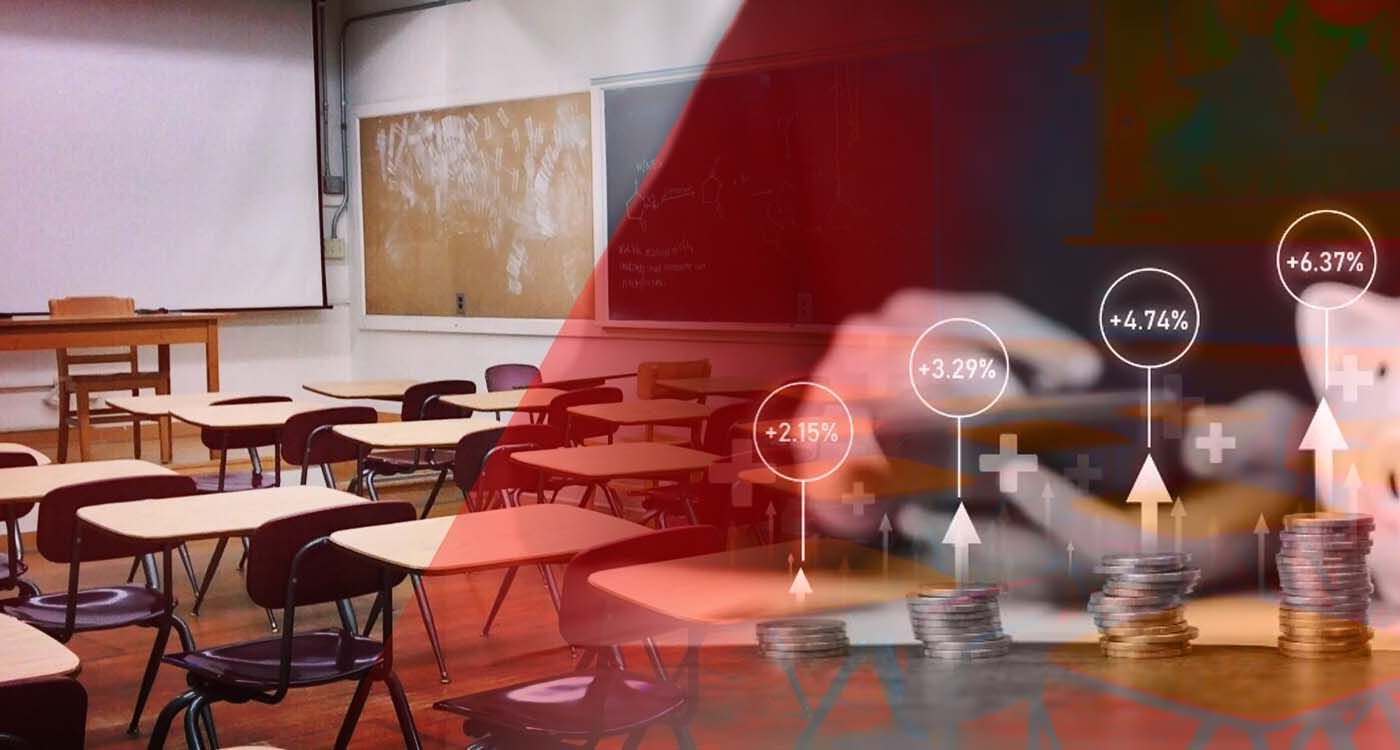
With a new anthem and a national campaign, Lebanon’s Ministry of Education is striving to breathe new life into public schools, confronted with declining enrollment, unmet basic needs, and structural challenges. This overview presents the figures and ambitions of a crucial sector for the country’s future.
On September 30, 2025, Rima Karami, Minister of Education, launched the National Campaign for Public School Support, presenting it as “a collective space for dreams, hope, and reform.” The initiative aims to restore public schools’ central role in shaping citizens and driving Lebanon’s development.
In parallel, the ministry introduced a new public school anthem, composed by Ghassan Rahbani with lyrics by Professor Thanaa al-Halwa. The move drew criticism. Some observers called it symbolic, if not futile, in light of the sector’s profound shortcomings, unresolved priorities, and urgent needs in infrastructure, human resources, and educational services.
Nevertheless, these initiatives form part of a broader government effort, reaffirmed by Prime Minister Nawaf Salam, to place education at the core of national priorities. Salam highlighted his government’s determination to strengthen funding for public education, modernize the ministry, and review curricula.
During a meeting of the Trust Fund for Education (TREF) on September 9, he stated that “no child in Lebanon should be deprived of the right to education,” stressing that protecting this right is both a moral duty and a condition for the country’s sovereignty and justice.
So, where does Lebanon’s public education sector stand today, in terms of figures, financing, and persistent challenges?
Public Education in Numbers
The latest report from the Center for Educational Research and Development (CRDP)—affiliated with the Ministry of Education—provides a snapshot of the 2023–2024 school year.
In 2023-2024, 25.6% of students in Lebanon were enrolled in public schools, down from 28% in 2022-2023 and 31.34% in 2021-2022. In just two years, the public sector’s share dropped nearly six percentage points, with most of the loss absorbed by private fee-paying schools, now hosting about 60% of students.
This trend contrasts with the distribution of schools: public schools make up 43.43% of all institutions, compared to 42.76% for fee-paying private schools, 11.62% for free private schools, and 2.19% for UNRWA schools. The decline in public enrollment is striking despite wide territorial coverage.
Looking at the student–teacher ratio, the public sector averages seven students per teacher, a figure linked to low enrollment in this sector.
The presence of non-Lebanese students is particularly pronounced in public schools. Overall, 18.6% of non-Lebanese students are enrolled in public schools, underscoring the sector’s role in supporting refugee populations.
The distribution by educational level shows that public schools account for 12.06% of all primary students, compared to 5.13% of middle school students, and 4.48% of high school students, confirming their predominance at early stages of schooling.
Moreover, Sustainable Development Goal 4 (SDG 4 for Quality Education) indicators show that not all public schools provide essential services such as clean drinking water, electricity, internet access, and facilities for students with disabilities—conditions deemed vital for inclusive and quality education.
Funding and International Support
Public education in Lebanon is funded through a combination of national and international resources. Under the 2025 budget law, 38.256 billion Lebanese pounds were allocated to the Ministry of Education.
The 2026 draft budget, still under review, places education among the state’s top priorities, ahead of Health, internal security, and defense.
Since 2022, the ministry has managed the Trust Fund for Education (TREF), in partnership with UNICEF and multiple international donors, including the EU and Germany through the German Development Bank. TREF serves as a coordinated channel for mobilizing funds to ensure continuity and quality in education despite Lebanon’s ongoing economic and social crises.
Through TREF, funds have supported teacher productivity bonuses to prevent strikes, introduced new teaching methods and training programs, partially covered refugee and marginalized students’ needs, and coordinated efforts with over ten donor countries and international organizations.
While international aid has been vital, it is still insufficient. The sector’s needs continue to exceed available resources, forcing the government to advance funds to keep schools open and provide teacher support.
As Lebanon endures more than a decade of successive crises, public education remains an indicator of the country’s future. Between symbolic gestures and structural challenges, the path toward accessible, quality education for all remains long.




Comments